We work in our Nature Notebooks about twice a week. I am glad to report that if I get busy with things domestic, then my kids will haul out their books and seek stuff out themselves. If we are having a grumbly day and I put everything aside and do this first – instead of the usual end of the day rush… well it lifts everyone’s spirits…
So here are the Se7en Steps to a typical page in their nature notebooks, really nothing elaborate, just straight forward stuff:
- Scavenging: Most Nature Notebooks events begin with some sort of scavenge. They kind if get the juices going. And who doesn’t like a treasure hunt! Here is a recent scavenge we went on: They each had a little ziplock bag – this in itself was quite a challenge.. but reduces the debris I have to cart home!
Find for me:
- 1 piece of bark
- 2 feathers
- 3 little stones
- 4 (tiny) flowers
- 5 sticks as big as your baby finger
- 6 leaves
- 7 something that no one else will find.
And this is what they all came up with (I especially like the little person presentation!):
- Gathering and Data Collection: Most of our Nature Notebooking occurs around our house or with things gathered close to home and brought home. One thing you will never have to teach your kids is how to gather and collect things. You may have to teach a bit of discernment, lest you have to move home on account of the sheer number of acorns, pine cones, stones and whatnot that miraculously get scavenged. Far better to give them a designated spot for all things natural: we have a nature corner in the garden. Outdoors is a good idea particularly for all things extremely smelly – seaweed and crab shells come to mind… these things are natural after all – nothing wrong with keeping them out there!
- Presenting the Collection: Now what to do with all things collected. Give them a chance to sort and ponder their collections – this is the best time for them to discover and redefines hands on. This is where I totally retreat and let them discover for themselves – let them use all that creative energy to figure things out – they can always read the actual facts later on in a book. I think they need to do a whole lot of hypothesizing for themselves first, before they are presented with the facts!
- Observing: What you have gathered, well you don’t have to teach this either. Kids are naturally curious and quite happy to poke their nose into anything – especially if it is living!
Give them a couple of tools to observe with. I chop and change these. Sometimes I let them loose with a magnifying glass. Sometimes we come and look under the microscope. Whatever it is give them a chance to poke their findings about.
- Researching: Well now that we have gathered and observed we usually get out our local field guides so that we can figure out what’s what. My kids love this part (oh, books are involved!) pouring through pages of things until they find their exact treasure. When we are out we have an all in one general purpose South African Field Guide.
When we are home we use a collection of little local field guides – they are not huge encyclopedias, just pocket books. They are The Sasol Series, published by Struik. They have enough information to satisfy their curiosity. If they want more information they usually use google.
- Photograph: At this stage I photograph their finds or the older guys photograph their own. Their documentation and artwork, while brilliant, are not always that accurate. A photograph makes a good reference point. I print a page of all their photos, cut and snip and pop them into their notebooks as a memory. Here is a recent session of discoveries and their photographs:
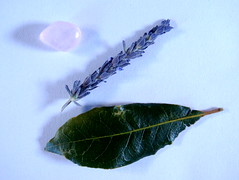
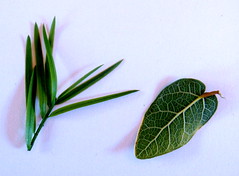
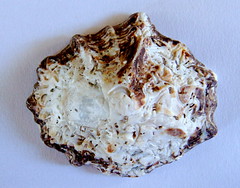
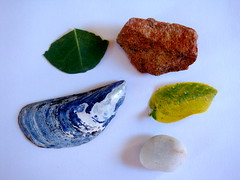
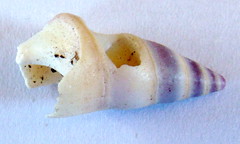
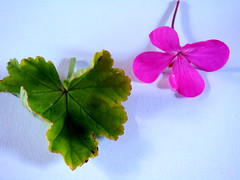
- Document: This is the part that we tend to think about and dive into when we are nature note booking. You can see that really it is the final step in the whole learning event. Drawing or painting what they have collected or observed is such a fun event and I let them take as long as they like.
They each get to write up, according to their ability, a little bit of this and that: the date, the name and a couple of facts… and here are the final pages.


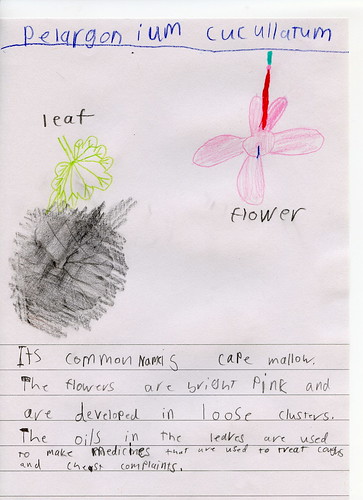
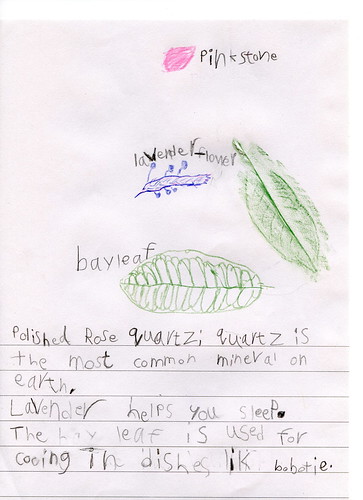
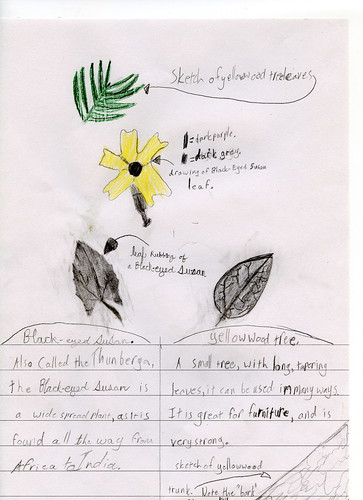
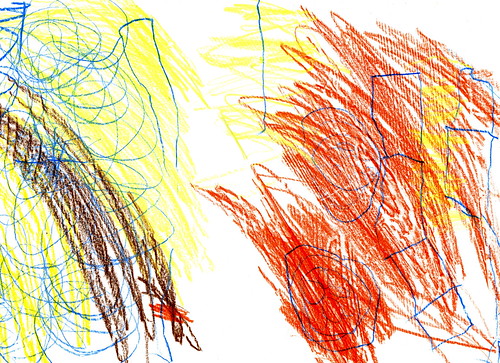
We pencil sketch or use watercolor crayons when we are out and about – actually they absolutely love watercolor painting outdoors – really who wouldn’t it always feels like a holiday. Try not to comment on their work, it is very hard contain yourself sometimes – stay positive! They really do get a whole lot better at it with time. Never fear if your child paints the entire notebook with black paint, you will have photographs and so on to help them remember. They do get the hang of it with practice.
That’s it… Now for my secret weapon! We always end with off a notebook event with real tea in a tea pot, just like in an Alfie Book by Shirley Hughes. And the whole event of tea is so lovely that everyone is quite happy to pack up and tidy away… I have no idea how else I would end without having to do quite a bit of cleaning up myself.
Still to follow in the Great Nature Notebook Saga:
- Se7en Easy Notebook Ideas and Fillers.
- Se7en Easy Notebook Activities.

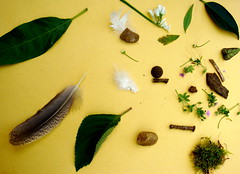
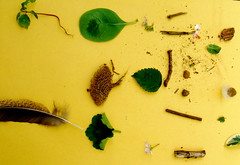
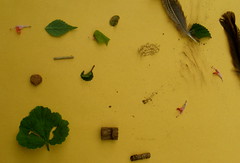
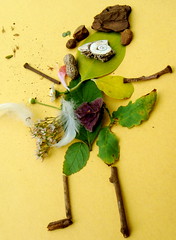
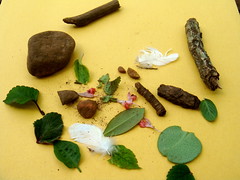
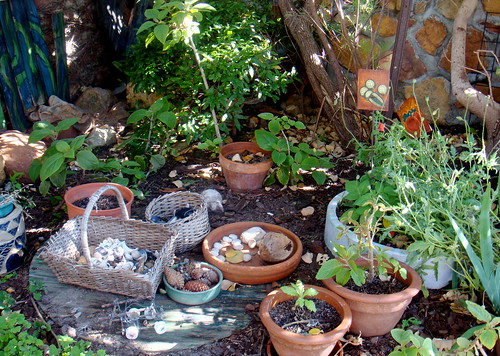
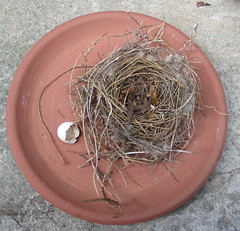
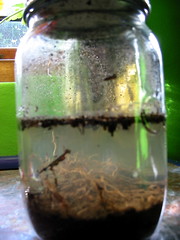
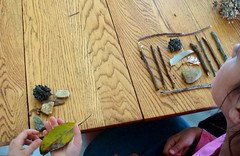
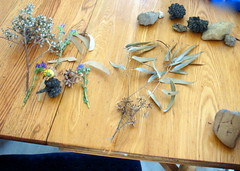



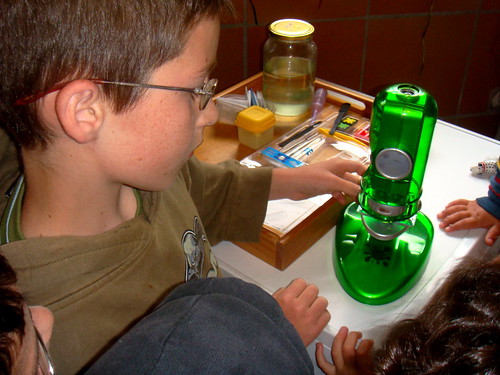
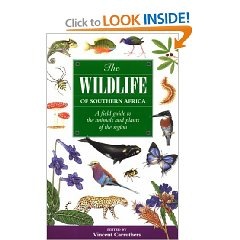
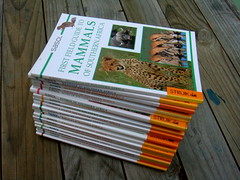
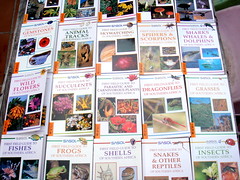
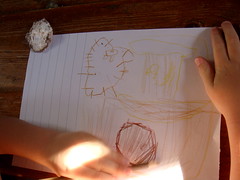
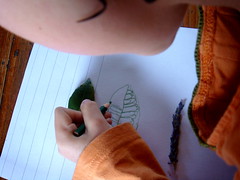
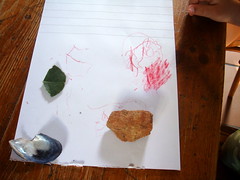
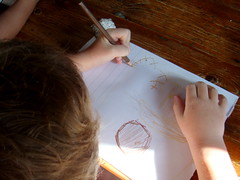
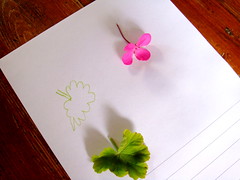
Such a great process. Love the idea of keeping all of the wonderful finds outside in a special spot in the yard. Need to start that this spring.
All of their detailed notes are a great addition to their drawings.
Thanks for sharing!
Hay Dawn!!! So Glad you stopped by!!! I am totally loving the notebook posts at The Magnifying Glass this week!!! Lovely!!!